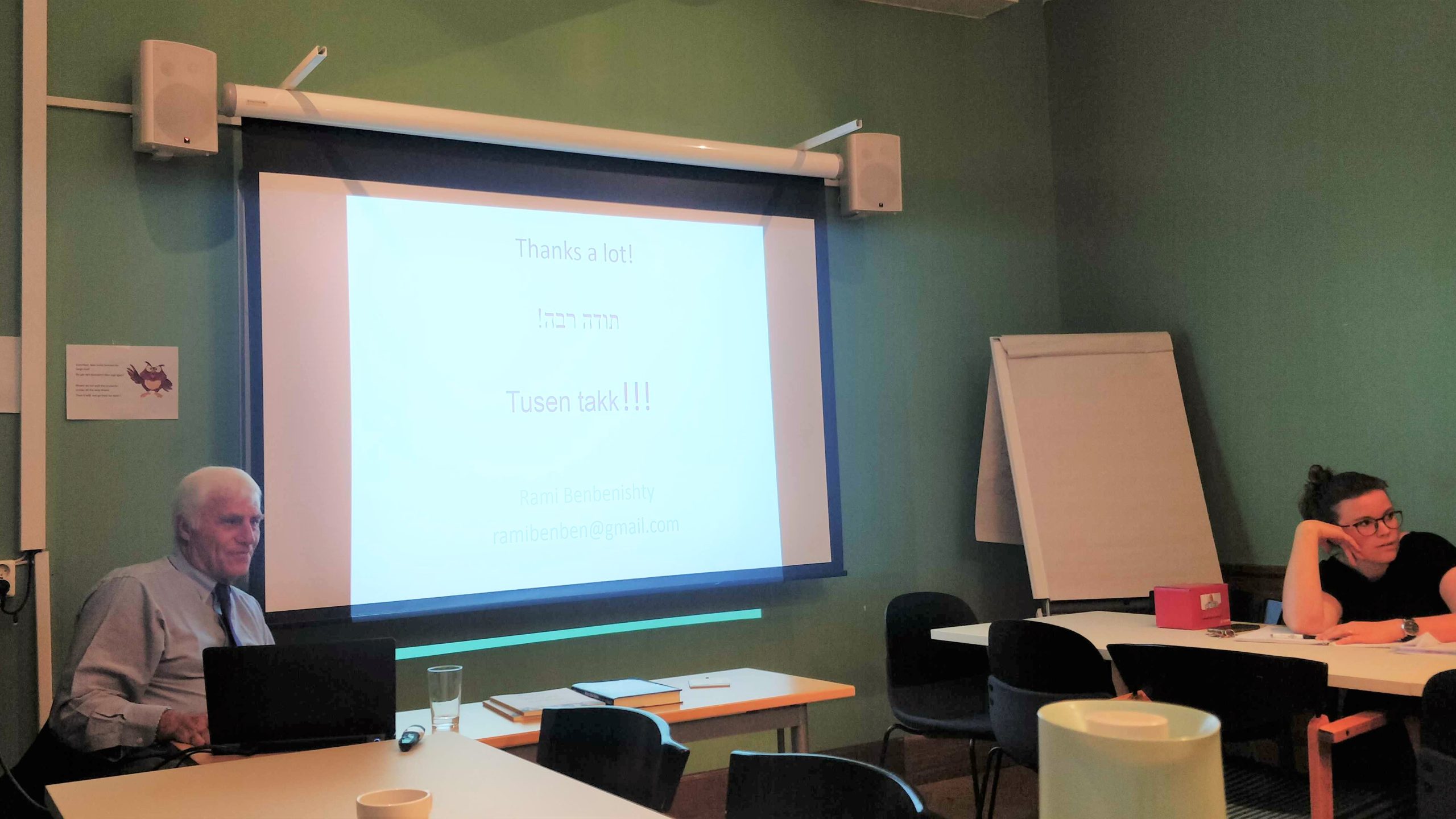Child welfare decisions are important, yet fallible. Visiting scholar Rami Benbenishty is researching how to make these decisions better.
Child welfare professionals are making many crucial decisions that have significant impact on their clients. One such decision is whether to remove a maltreated child from home or not, another is the decision to reunify children in care with their families.
However, the circumstances child welfare workers are subject to are not ideal for making the best possible decisions, notes Rami Benbenishty, a leading expert on decision-making methods and child welfare.
– One dimension is the time pressure in these cases. Another is that information is often unavailable, or that available information may be ambiguous, inaccurate or deliberately misleading.
Evidence-based Prescriptive Model
Although Benbenishty acknowledges the difficulty of the task, he is confident that better practice is possible. The hope is that what Benbenishty names the “Evidence-based Prescriptive Model” can improve practice among child welfare professionals.
Rami Benbenishty is a professor emeritus at the University of Jerusalem, and is currently visiting the Centre for Research on Discretion and Paternalism as a guest researcher. In a public lecture, he elaborated on the model that could improve decision-making.
– The idea is to use descriptive models to describe current practices and to identify impediments and mistakes in child welfare.
The Role of Context
In his descriptive model (the Judgment and Decision Processes in Context – JuDPiC) Benbenishty emphasizes the role of hierarchical and intersecting contexts, such as child welfare systems, policies and laws, values and culture, and agency and worker contexts.
He also emphasizes the time dimension, noting that contexts are dynamic and change. Each of these contexts impacts decisions.
Probability and value of an outcome
Benbenishty explains that a prescriptive models rely on two central elements: the probability that a certain outcome would happen, and the value attached to this outcome. Following from this, he argues that we need more information about the outcome of decisions.
– I call for a large scale comparative study that will examine the long and short term outcomes for children and families. This knowledge could lead to decisions in the future that are more helpful to children and families.
More information about this research and the slides from Benbenishty’s presentation in Bergen is available via the links below.
- Presentation in Bergen, September 2019: Judgment and Decision Processes in Context.
- Benbenishty, Rami, et al. (2015). “Decision making in child protection: An international comparative study on maltreatment substantiation, risk assessment and interventions recommendations, and the role of professionals’ child welfare attitudes.”

